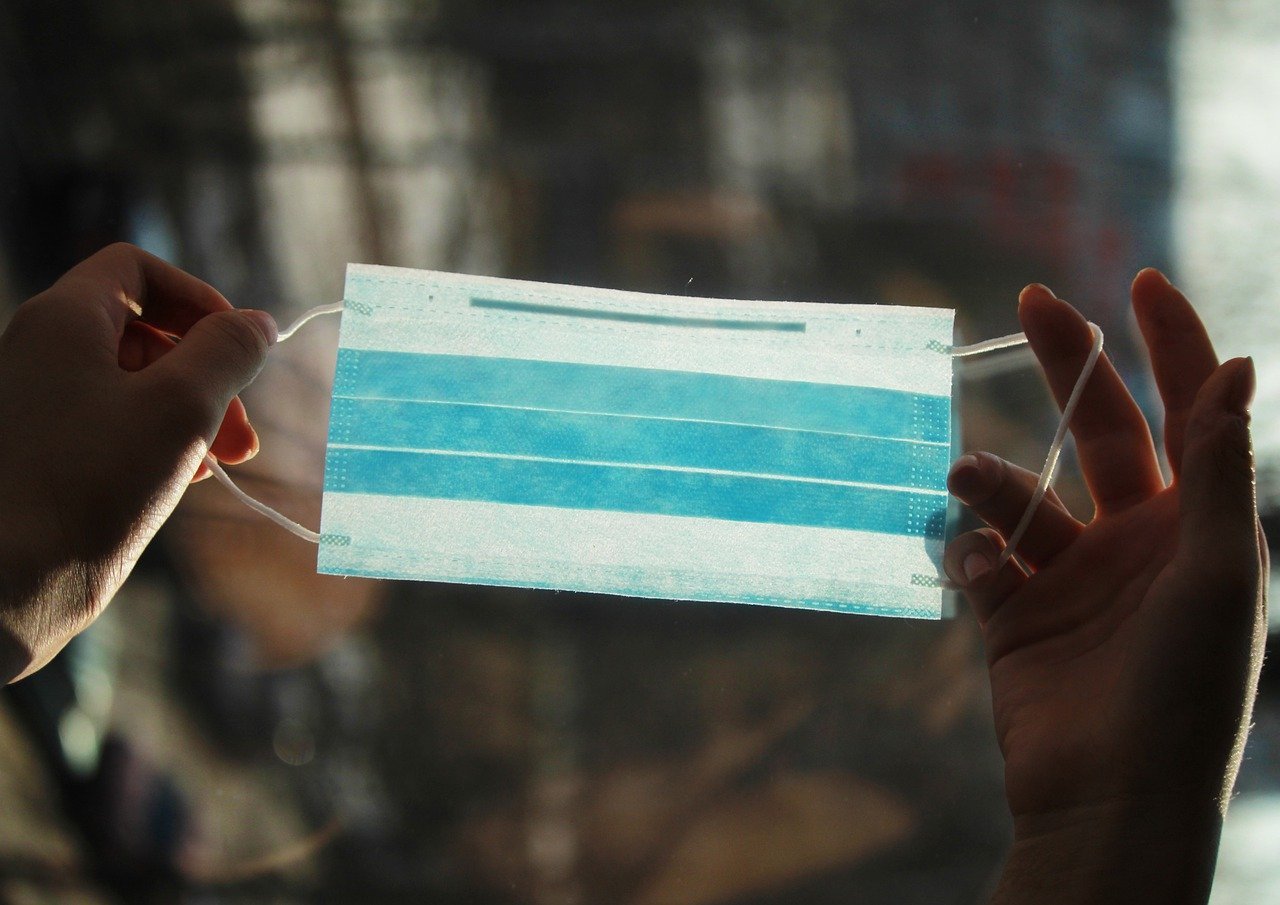‘Water is life’: COVID-19 exposes chronic crisis in Navajo Nation
by Issam Ahmed
Amanda Larson pulls up at a water station a few miles from her home in the Navajo Nation and her three children get to work filling up large bottles lying on the bed of her pickup truck.
The 66 gallons will be used by her family for drinking, washing clothes and bathing — before the next trip out in two or three days to repeat the back-breaking task.
“It’s embarrassing, it’s degrading, it’s heartbreaking for my kids because they can’t jump into a shower like everybody else and just wash,” the 35-year-old preschool teacher tells AFP after returning to her prefabricated home in Thoreau, which lies in the southeast corner of this sovereign territory, the United States’ largest Native American reservation.
“This is how we get ready for school, this is how my husband and I are getting ready for work, in these two totes,” she says, pointing to large plastic containers placed inside the bathtub.
According to the Centers for Disease Control and Prevention, “Washing your hands is easy, and it’s one of the most effective ways to prevent the spread of germs,” advice it has relentlessly emphasized over the course of the coronavirus pandemic.
That’s just not possible for an estimated 30 to 40 percent of the Nation’s 178,000 residents, who don’t have access to running water or sanitation.
This is seen as a major reason behind the surge in COVID-19 cases within the territory, with nearly 5,000 confirmed infections and 160 deaths — one of the highest per capita fatality rates in the country. (AFP)
[ce_corona data_table=false]



